Introduction to Rollapadu Wildlife Sanctuary
Rollapadu Wildlife Sanctuary, located in the Kurnool district of Andhra Pradesh, India, is a stunning natural haven. Established in 1988, it covers around 614 square kilometers, making it a key conservation area. The landscape features hilly terrain, open grasslands, and rocky outcrops, creating a rich habitat for diverse wildlife.
The sanctuary is known for its biodiversity, including rare and endangered species. A key highlight is the Great Indian Bustard, a bird that faces the threat of extinction. Conservation efforts here focus on protecting this species. The sanctuary’s vegetation includes mixed deciduous forests and dry grasslands, perfectly suited to the semi-arid climate.
Rollapadu’s location near Kurnool and Hyderabad makes it easily accessible for tourists and researchers alike. Visitors come not just for the scenic views but also to see wildlife in their natural setting. The sanctuary’s dedication to conservation and eco-tourism helps raise awareness about the importance of protecting biodiversity.
Rollapadu Wildlife Sanctuary stands as a vital habitat and an important example of India’s commitment to wildlife preservation.
Flora and Fauna of Rollapadu
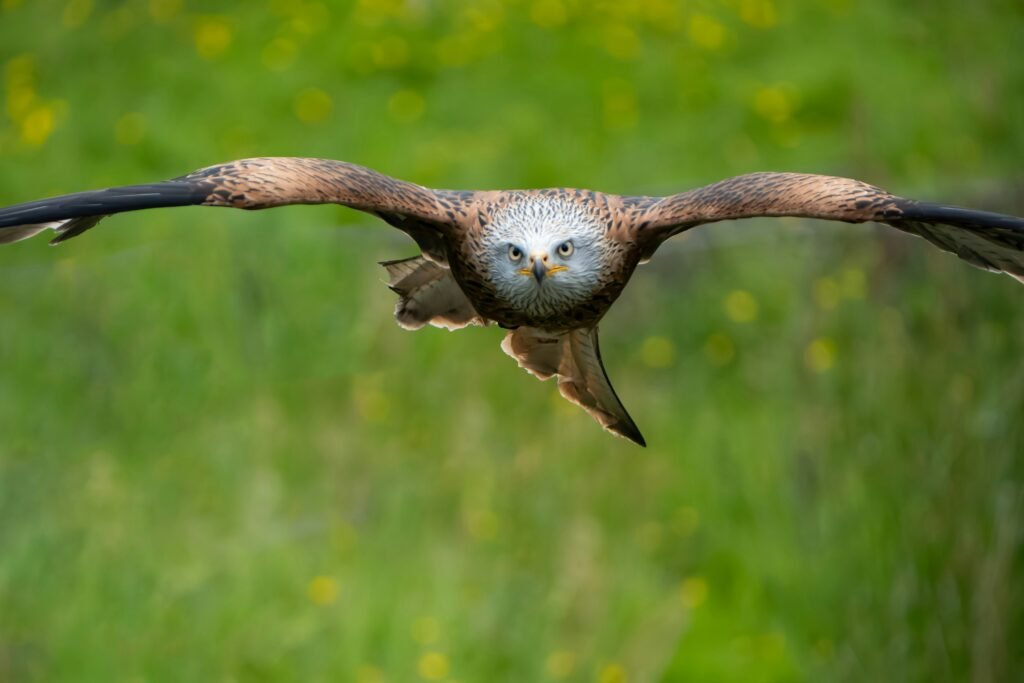
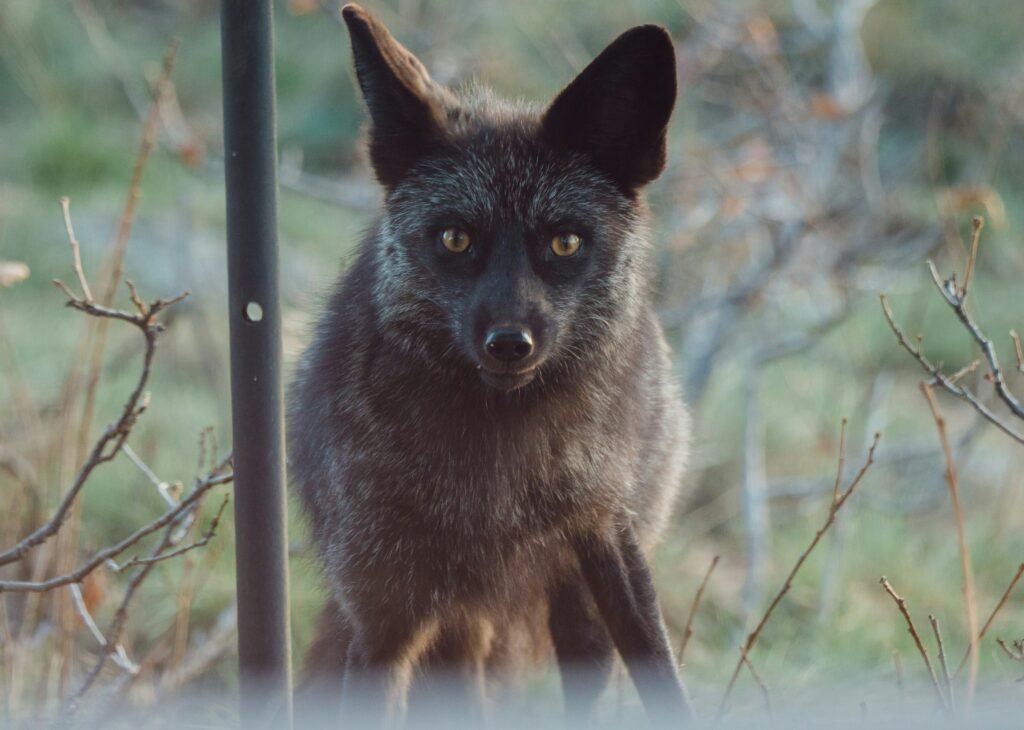

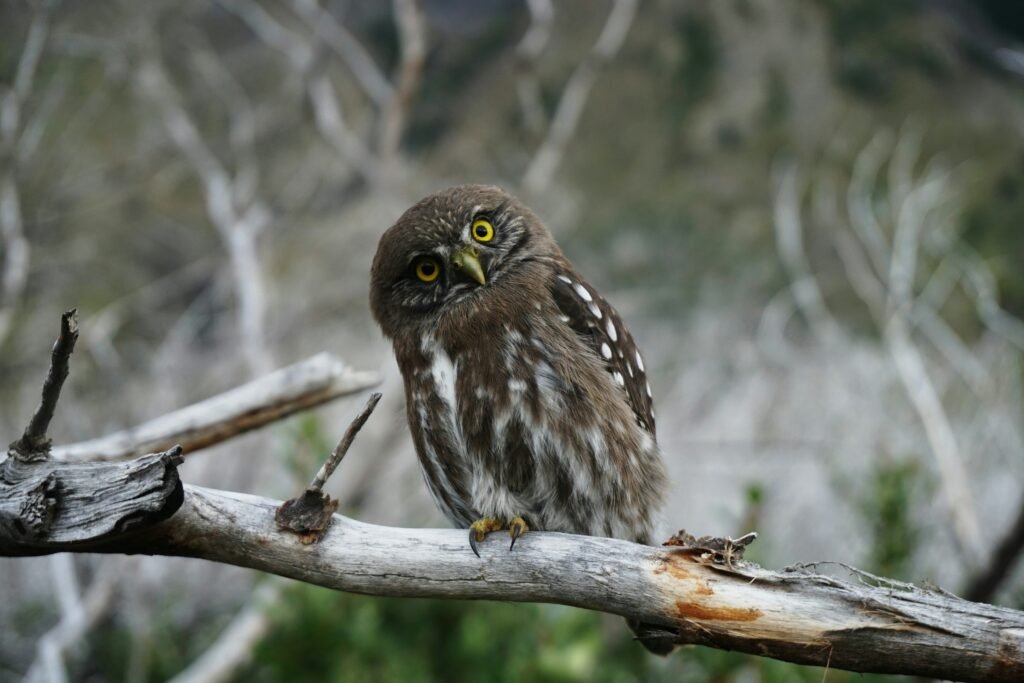

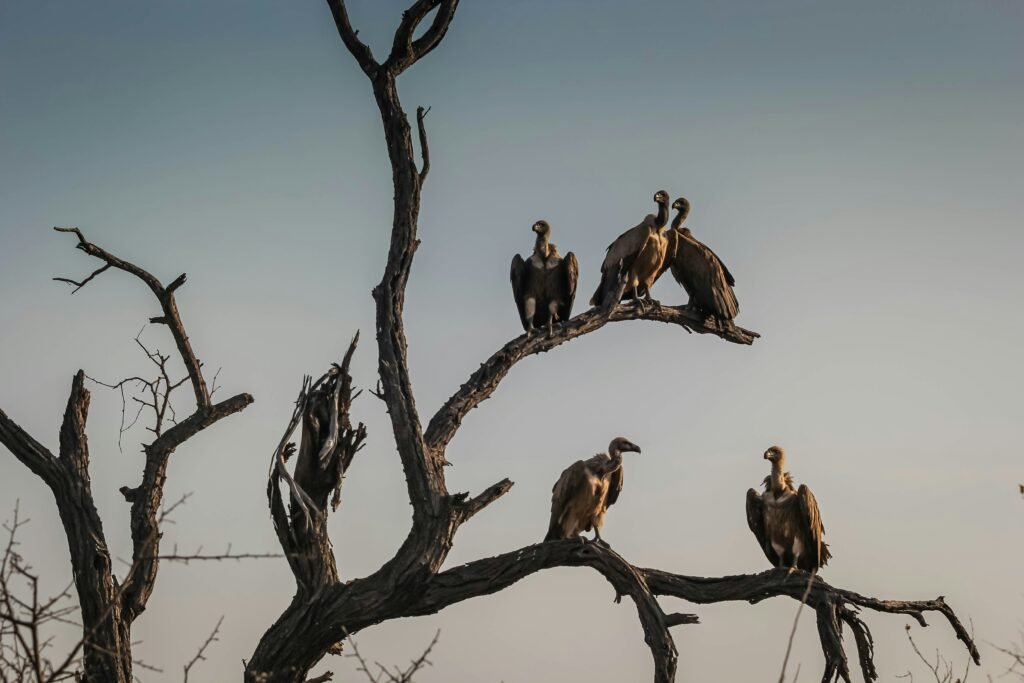

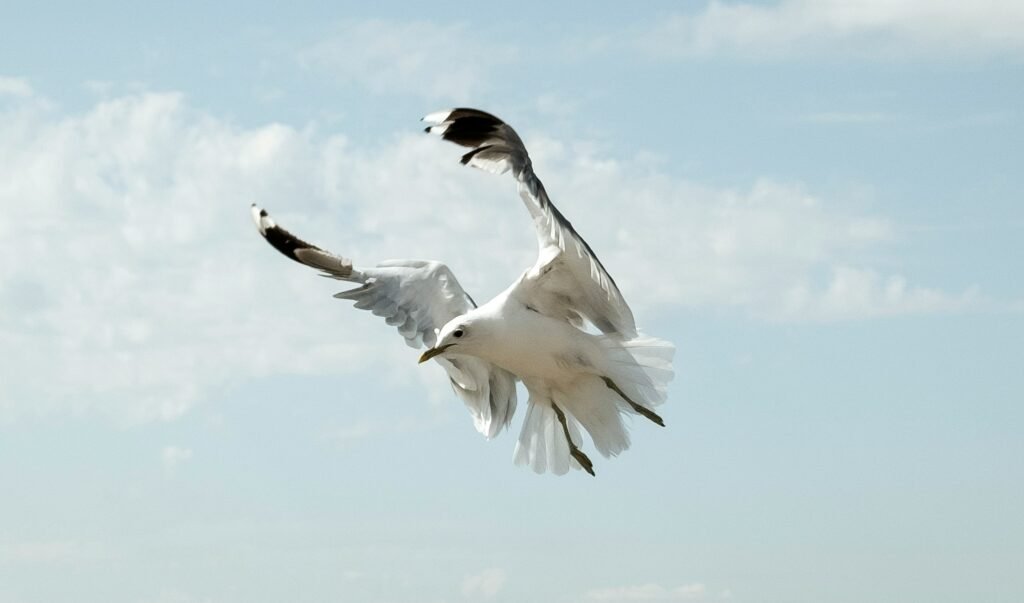
Rollapadu Wildlife Sanctuary, located in Andhra Pradesh, is a biodiversity hotspot. The sanctuary features scrubland and dry deciduous forests, creating a rich habitat. Acacia auriculiformis trees grow in clusters, while Bauhinia species add vibrant color during blooming seasons. Shrubs like Carissa carandas and Dodonaea viscosa provide food and shelter for local wildlife.
Grasslands are filled with Themeda triandra and Cenchrus ciliaris, perfect for herbivores that depend on these grasses. The plant diversity here helps sustain the sanctuary’s wildlife and maintains the ecological balance.
Rollapadu is also known for its diverse fauna. The endangered Great Indian Bustard, a conservation priority, resides here. Raptors, such as the Indian Eagle Owl and vultures, soar above, while mammals like Indian foxes and jackals roam the ground. Reptiles and numerous insect species, essential for pollination and the food chain, add to the sanctuary’s ecological complexity.
This sanctuary plays a critical role in protecting both common and endangered species, ensuring biodiversity thrives in its natural environment.
Conservation Efforts and Challenges
Rollapadu Wildlife Sanctuary in Andhra Pradesh plays a key role in conserving endangered species, especially the Great Indian Bustard. Various conservation initiatives, led by both government and non-government organizations, aim to protect these species and their habitats. Research programs focus on monitoring wildlife populations and assessing habitats, which help develop effective management strategies. Community engagement programs also raise awareness, educating locals about the importance of biodiversity conservation.
Despite these efforts, Rollapadu faces several challenges. Habitat loss due to agricultural expansion and urbanization threatens wildlife, fragmenting their environment. This makes survival harder for endangered species. Poaching, particularly of the Great Indian Bustard for its meat and feathers, adds to the difficulties. Strengthening law enforcement and stricter anti-poaching measures are crucial to protect wildlife.
Human-wildlife conflict is another significant issue. As human populations expand into natural habitats, encounters between locals and wildlife increase, often leading to retaliation. Programs promoting coexistence, like crop damage compensation schemes, are vital for reducing conflicts.
In conclusion, conserving Rollapadu Wildlife Sanctuary requires a multifaceted approach, addressing both environmental and social factors to ensure the survival of its unique species.
Visiting Rollapadu Wildlife Sanctuary
Rollapadu Wildlife Sanctuary, in Andhra Pradesh, is a perfect destination for nature lovers and wildlife enthusiasts. Located near the town of Rollapadu, it is easily accessible by bus or car from Hyderabad, which is about 220 kilometers away. Local transport options like taxis and auto-rickshaws are also available from nearby towns.
The best time to visit is between October and March when the weather is cool and ideal for wildlife viewing. The sanctuary is home to the endangered Great Indian Bustard and several migratory birds. Guided tours by experienced naturalists offer visitors a deeper understanding of the ecosystem, enhancing the wildlife experience.
Visitors can enjoy bird watching, photography, and exploring the rich biodiversity. Bringing binoculars and cameras is highly recommended to make the most of the trip. It’s essential to follow the sanctuary’s rules to protect wildlife and maintain a safe distance from animals.
For a complete travel experience, nearby attractions like the historic town of Kurnool, known for its ancient temples, are worth exploring. Accommodation options range from budget-friendly hotels to eco-lodges, providing a comfortable stay near the sanctuary.
A visit to Rollapadu Wildlife Sanctuary offers exciting wildlife encounters and a memorable journey into nature’s beauty.






